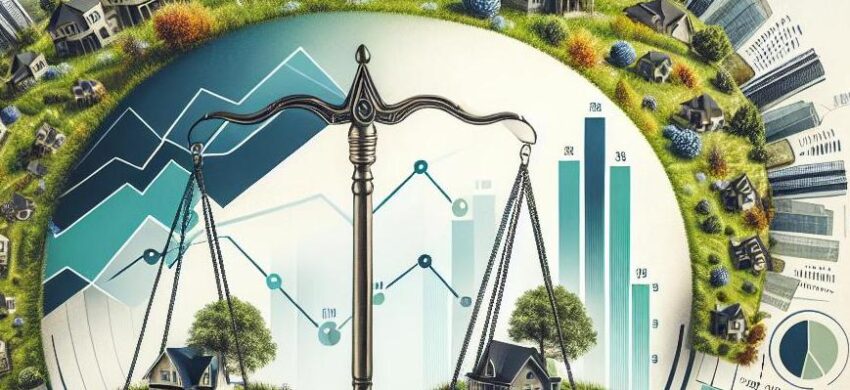Highest and Best Use
The concept of ‘Highest and Best Use’ is fundamental in real estate appraisal. It refers to the most profitable and legally permissible use of a property, which results in its highest value. This analysis considers the potential uses of a property that are physically possible, legally permissible, financially feasible, and maximally productive.
The first criterion, physical possibility, examines the property’s physical characteristics and constraints. This includes factors like size, shape, topography, and accessibility. For example, a steep, rocky terrain might be unsuitable for residential development but ideal for a recreational park.
Legal permissibility involves reviewing zoning laws, land use regulations, and deed restrictions to determine what uses are allowed for the property. Zoning laws dictate the types of buildings that can be constructed and the activities permitted. For instance, a property zoned for commercial use cannot legally be used for residential purposes.
Financial feasibility assesses whether the proposed use can generate adequate income to justify the investment. This involves analyzing market demand, construction costs, and potential income streams. A financially feasible use should provide a reasonable return on investment compared to other possible uses. For example, constructing a high-rise office building in a declining business district may not be financially viable.
Maximal productivity considers which use of the property will yield the highest value. This is the final test in the highest and best use analysis. It combines insights from physical possibility, legal permissibility, and financial feasibility to identify the most lucrative use. For example, a vacant lot in a bustling urban area might be best used for a mixed-use development combining retail, residential, and office spaces.
Appraisers often use the highest and best use analysis to guide property valuation and investment decisions. This analysis can reveal opportunities to re-purpose underutilized properties, unlock hidden value, and make informed development decisions. For instance, converting an obsolete industrial site into a residential complex might significantly increase its value.
In conclusion, understanding the highest and best use of a property is crucial for appraisers, developers, and investors. It ensures that properties are used in ways that maximize their potential and align with market demands. By thoroughly evaluating physical, legal, and financial factors, stakeholders can make strategic decisions that enhance property value and contribute to sustainable development.
 |
 |
 |


